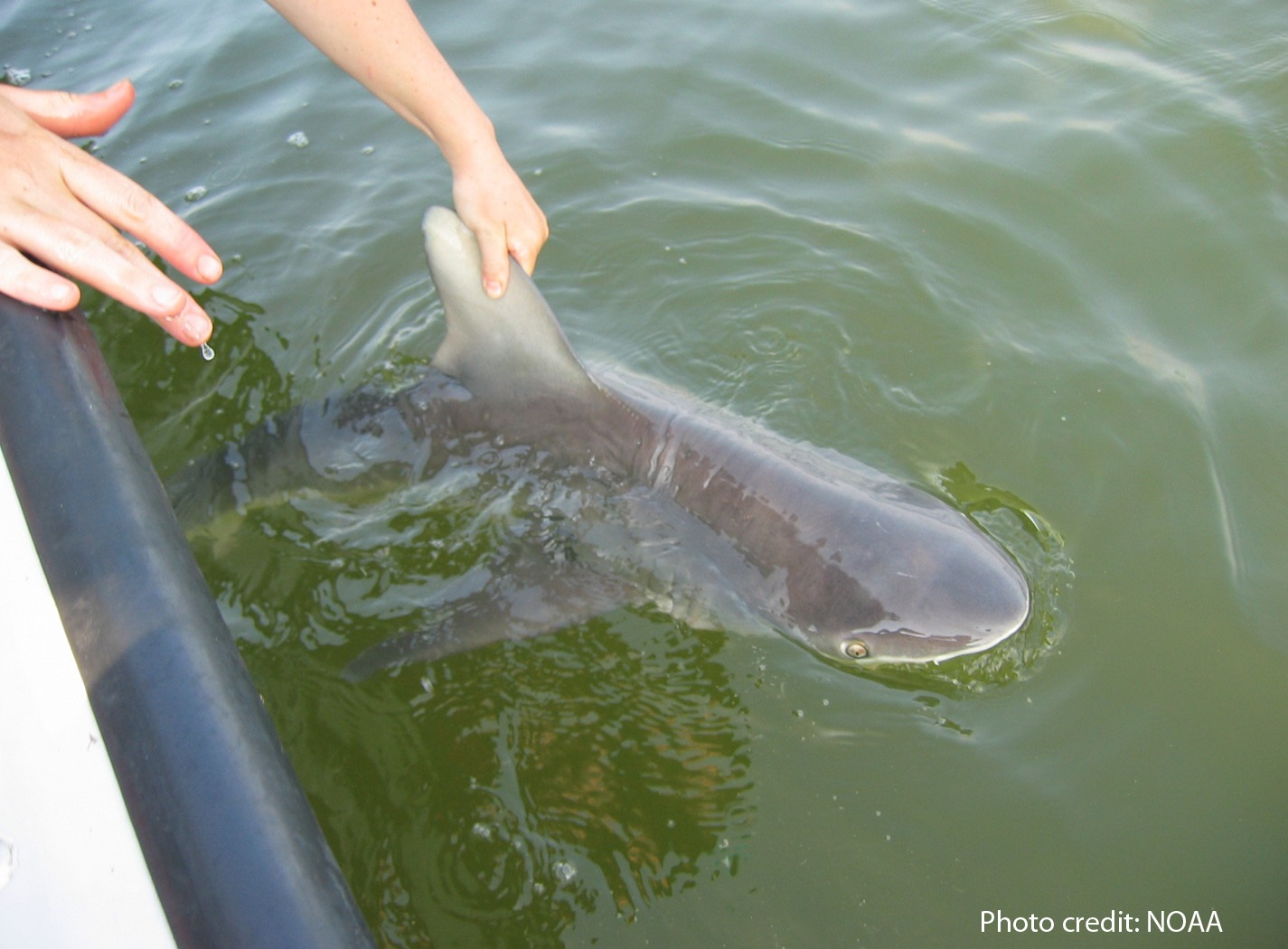High Pressure Soft Lithography for Micro-topographical Patterning of Molded Polymers and Composites
materials and coatings
High Pressure Soft Lithography for Micro-topographical Patterning of Molded Polymers and Composites (LAR-TOPS-173)
Method to apply soft-lithography to mold micro-scale structures into/onto the surface of polymer and composite parts
Overview
NASA Langley Research Center has developed a method to apply soft-lithography to mold micro-scale structures into the surface of polymer and composite parts. The micro-scale, polymer structures can be utilized for super-hydrophobic surfaces, drag reduction, and adhesion between composite parts.
The Technology
This technology provides an efficient means to fabricate micro-topographical surface patterns or features. A polydimethylsiloxane (PDMS), or similar elastomer, would incorporate a master pattern, which acts as a mold through which liquid resin material flows and hardens to create a rigid, inverse replica of the mold specific to its intended surface applications.
One application of the technology is to create super-hydrophobic surfaces that protect against contamination and fouling. Another application is to improve adhesion between two parts in an adhesively bonded joints, which is of particular interest for composite parts where sanding could expose reinforcing fibers to degenerative environmental effects. Another use of the technology is to create surfaces that reduce drag in aerodynamic and hydrodynamic applications.

Benefits
- Soft-lithography is an existing process that is relatively inexpensive with high throughput and repeatability
- The mold can be uniquely designed for individual part needs, allowing for uniformity of thickness, shape and size
Applications
- Anti-fouling and anti-contamination
- Aerodynamic and hydrodynamic drag reduction
- Adhesive joining of composite parts


